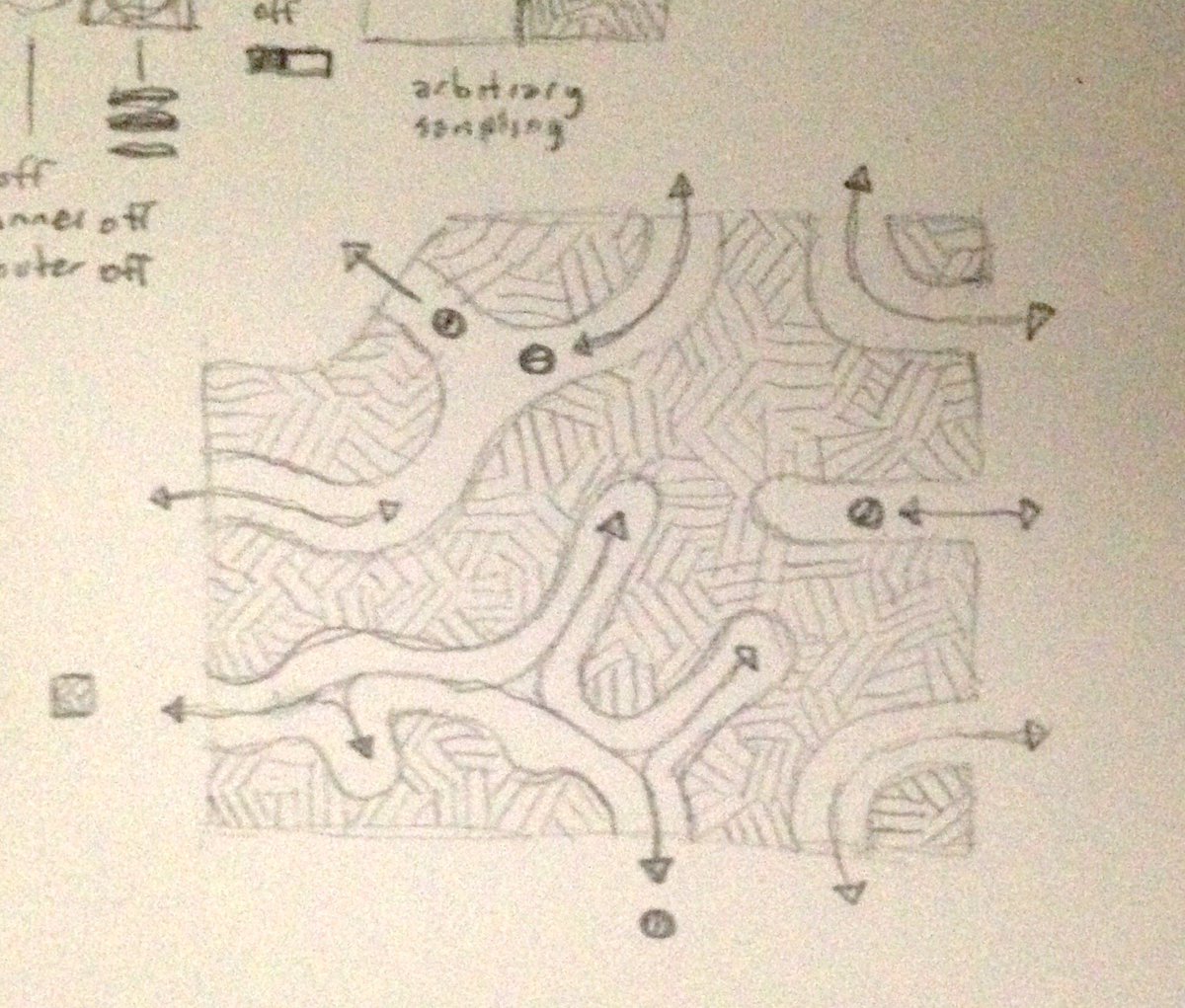
i revisited the library of babel this morning. i have confirmed that i want to make an interactive version. i have some new ideas for layouts. i also have questions. 

the space described by "The Library of Babel" is a compelling one. it's not wrong to want to render that spatially, nor to be interested in the literal particulars of how it is described in the book.
there would be a certain model railroad satisfaction to rendering this space in literalist fashion, in a manner most consistent with the book.
in games, i tend to think of environment as an expressive medium rather than a material reality.
and i think in this story, that is also the case to some extent.
through that lens, what the function of the environment in "The Library of Babel" is not material consistency.
and i think in this story, that is also the case to some extent.
through that lens, what the function of the environment in "The Library of Babel" is not material consistency.
the library, inasmuch as it is a space at all, seems very much written with thematic goals at the forefront, and physical plausibility a secondary consideration.
in making a spatial representation, i am inclined to take the same approach, to start with textually based layouts..
in making a spatial representation, i am inclined to take the same approach, to start with textually based layouts..
..but to bear in mind that these are secondary to the space's primary function. some degree of ambiguity is desirable, some preservation of the implausibility of the space's described by the story.
• • •
Missing some Tweet in this thread? You can try to
force a refresh










